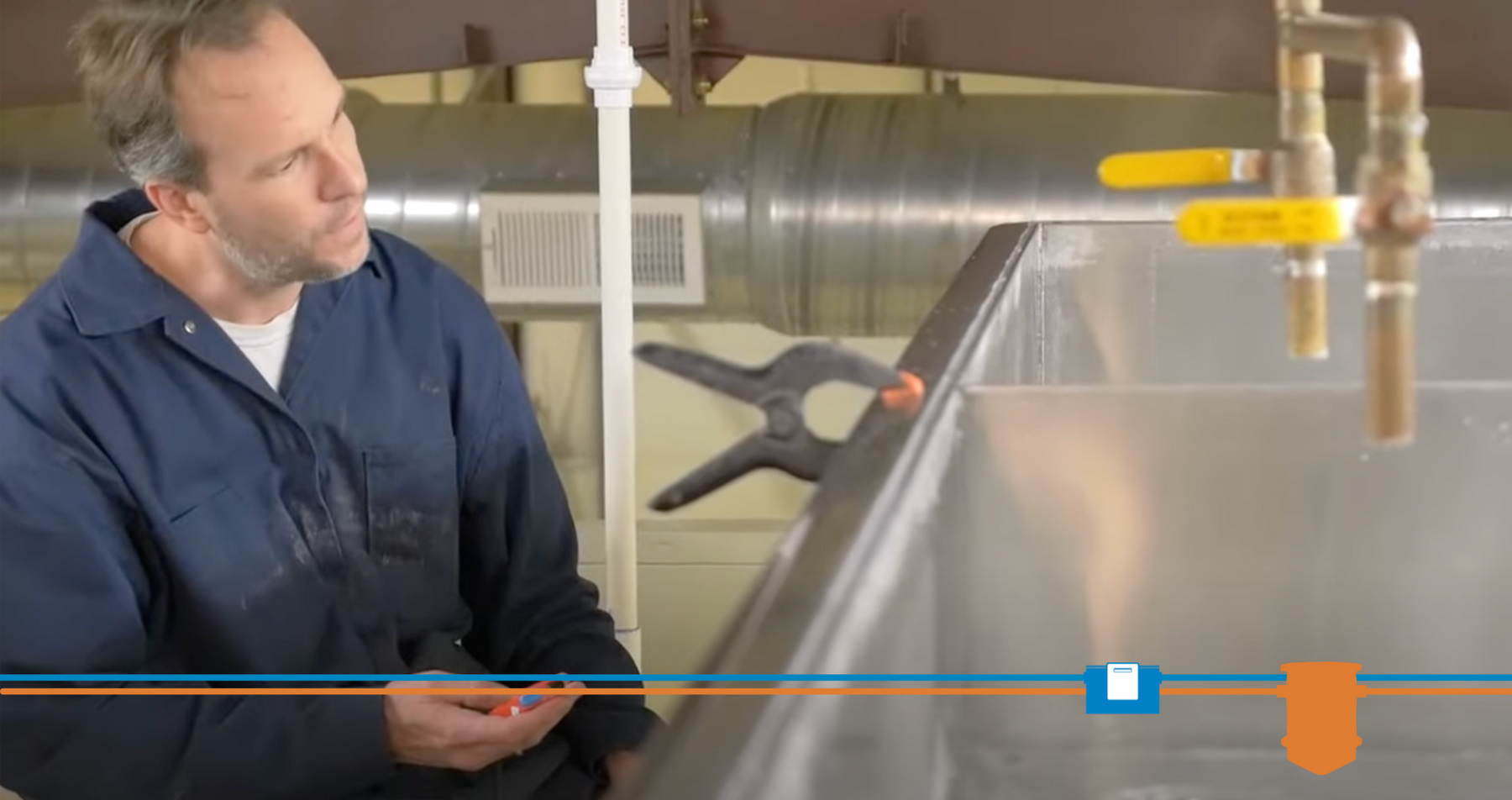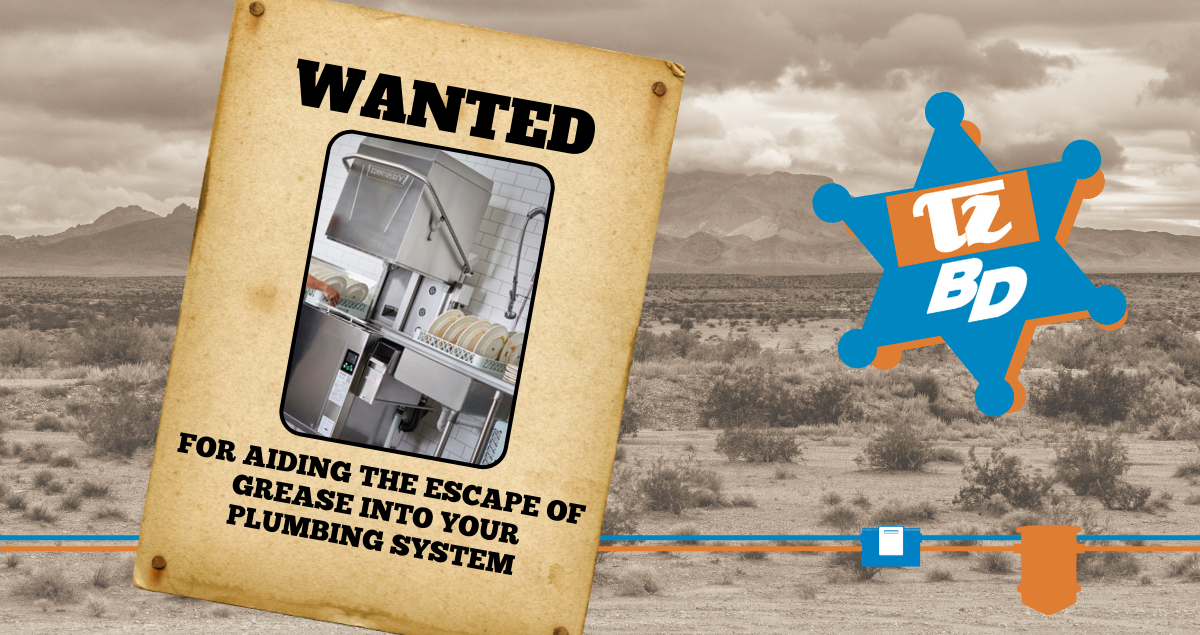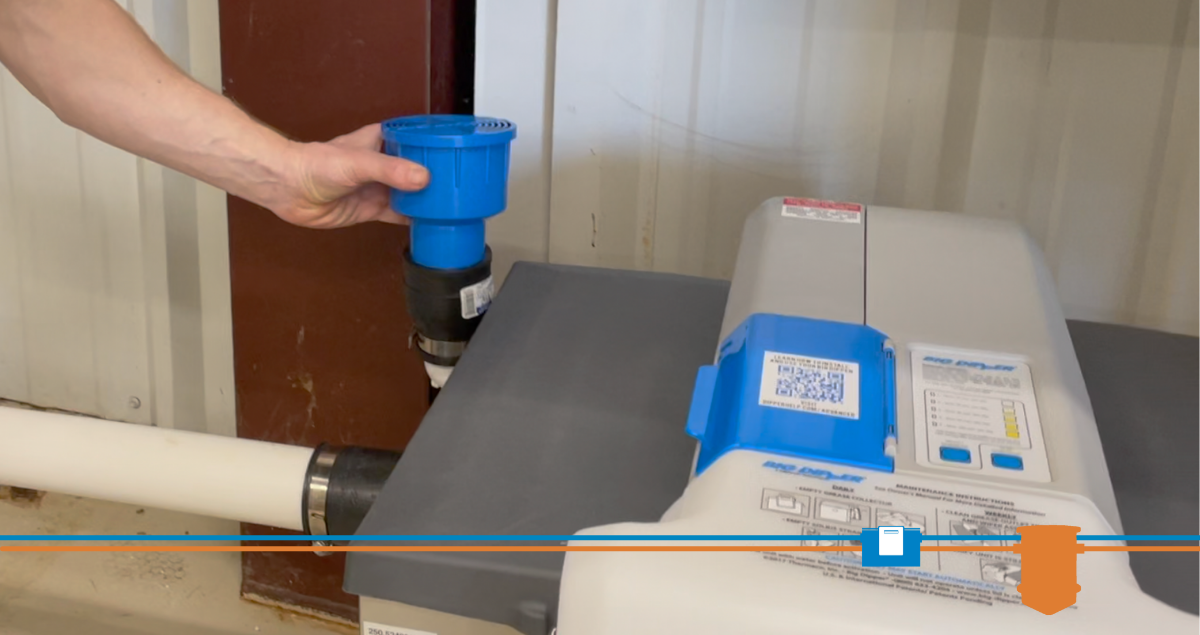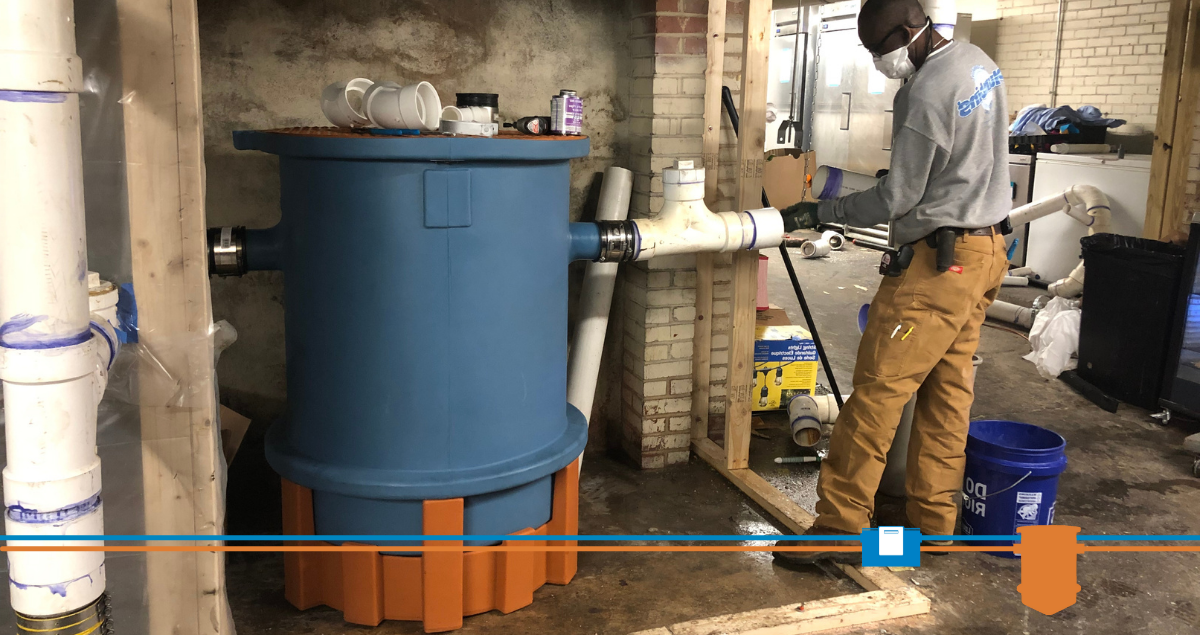Grease Traps and Rotisserie Ovens
- Feb 9, 2022
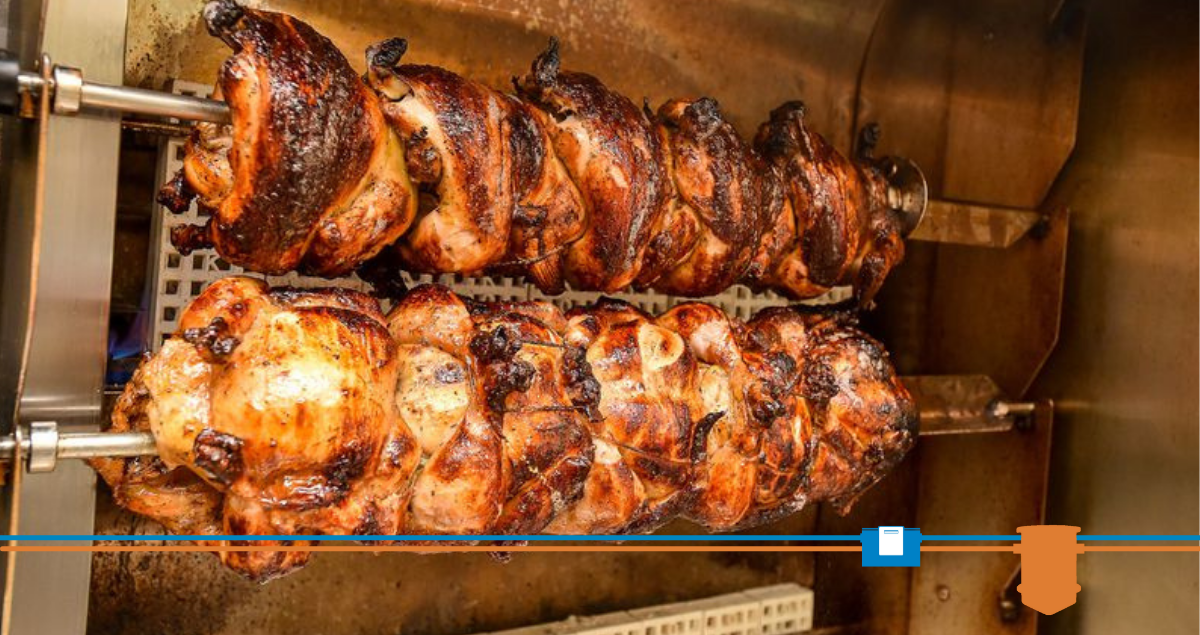
Among the many pandemic-driven culinary trends over the past two years is a reminder that rotisserie chicken remains a popular comfort food.
Many grocery store chains enjoyed strong and steady rotisserie chicken sales amid the ups and downs of the past 24 months, as have many restaurants that serve it. In its new 2021 Chicken Global Menu Category Report, the research firm Technomic found that 84% of consumers globally order chicken from a restaurant or dining establishment at least once a month. Many of these meals are prepared in rotisserie ovens.
Investing in one of these ovens can be good for business, but beware. They dump a lot of grease into your plumbing system. Here’s how to prepare for it.
Easy, Greasy
While conventional ovens use racks to bake, broil, or roast meat, rotisserie ovens are designed specifically to roast meat on all sides to produce the taste and tenderness of a classically slow-cooked meal. In commercial rotisserie ovens, chickens are typically skewered on horizontal rods and rotated slowly for even cooking.
As the chickens roast, fat and juices continuously drip into a collection pan at the bottom of the oven. A personal rotisserie oven that cooks up to two chickens can create a half cup of greasy drippings. A small commercial oven holding anywhere from six to 15 or more birds can produce three to seven cups of oily liquid.
Grease management isn’t a problem at these levels. Kitchen workers simply empty out the drip pan when it fills up.
Challenges can come from high-capacity rotisserie ovens, which roast 70 or more chickens at a time. These ovens can discharge up to 70 pounds of grease daily, which is why they are designed with a water bath system to remove renderings from the collection pan as the meat cooks. The ovens are plumbed to a supplemental water line, and water flows into the shallow “bath” at the bottom of the oven.
The water and drippings drain through an overflow pipe and into a grease trap at the source or to a central grease removal unit. Many restaurants with rotisserie ovens use Big Dipper grease interceptors to capture this grease at the source.
Ebbs and Flows
The thing to account for with a rotisserie oven is the unevenness of its use. The amount of grease a high-volume rotisserie oven produces can vary from season to season and even hour to hour.
For instance, demand for hot meals peaks in colder months, so the number of rotisserie chickens cooked in winter will likely be much higher than in summer. Non-seasonal factors such as coupons, discounts, and menu changes can also create surges in rotisserie oven use.
Rotisserie ovens produce more grease at higher temperatures when they are roasting chickens. After the roasting period, ovens lower to “holding” or “warming” mode. Operators can track and use this information to help predict which times of day will result in higher grease volume.
If a grease interceptor doesn’t have the capacity to handle surges in rotisserie oven use, fats, oil, and grease will overwhelm it and pass into the wastewater system. Once that happens, you’re likely looking at clog repairs and non-compliance fines. Accurately calculating the amount of grease your commercial rotisserie oven produces throughout the year is key to avoiding all that.
One-Touch Solution
One way to prevent grease buildup in point-source grease traps is to install once with a digital control unit. Digital systems automatically skim grease from the surface of captured water and direct it to a separate container, which can be easily emptied by staff whenever it gets full.
Thermaco’s 51k Series Big Dipper has a digital control that can be configured specifically for rotisserie ovens. The grease trap can be programmed to turn on its water supply and skimmer during temperature increases and turn it off when the oven is in warming mode, avoiding unnecessary wear and tear on the grease trap.
Automatic features make it easy for you to take full advantage of what has become a staple in American cuisine, without worrying about all the grease that comes with it.

